Paint Roller: Parts, Types and How to Use
A paint roller is a tube-shaped tool used to apply paint on large surfaces with uniform coverage. This cylindrical painting tool soaks the paint and spreads it evenly without leaving strokes behind. It consists of a roller cover (nap, sleeve) that absorbs the paint, a roller frame that holds the nap, and a handle to […]
Paint Opacity: Factors, Types and its Coverage
Paint opacity is the ability of paint to scatter light and cover contrasting colors of the substrate. Paint opacity is measured from the refractive index (n) of pigments and particles. The higher the ability of paint to refract, the higher the opacity. Paint opacity is also called hiding power due to its ability to conceal […]
Paint VOCs: Definition, Types & Uses
VOCs are carbon-containing chemical compounds with high vapor pressure and low solubility in water. These volatile organic compounds act as a solvent to enhance the flow and durability of paints. VOC symbolizes volatile organic compounds, which vaporize at ambient temperature and release toxic chemicals into the surroundings. This process of off-gassing impacts the air quality […]
Paint pH: Importance, Measurements, and its Control
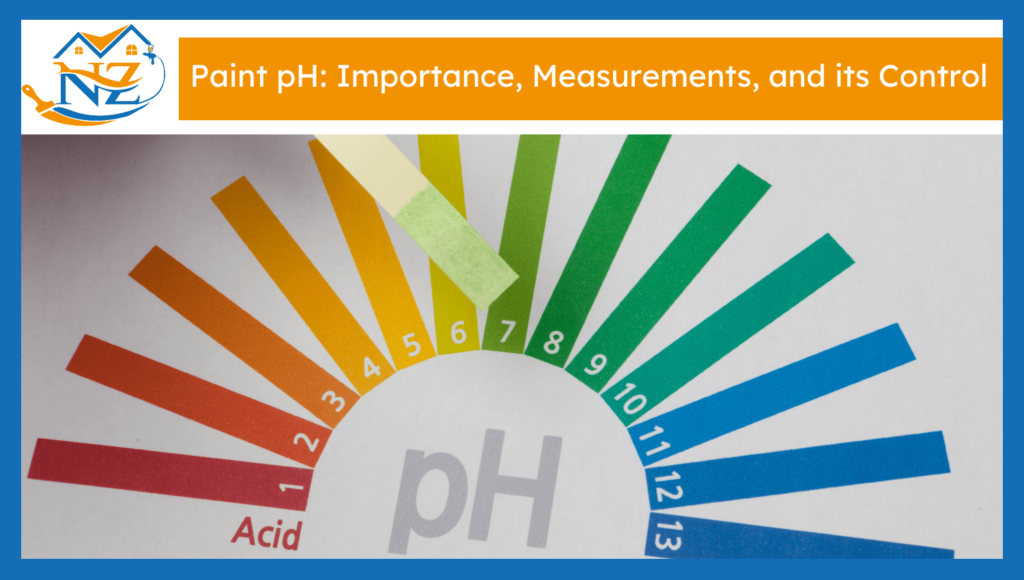
Paint pH refers to measuring the potential of hydrogen ions in a substance (paint). It is used to examine the alkalinity and acidity of paints on a scale of zero to fourteen. Paints can be acidic or basic, depending on their components and formulation. Oil-based paints fall between 7 to 7.5 on the pH scale, […]
Paint Surface Tension: Importance, Factors, and its Control
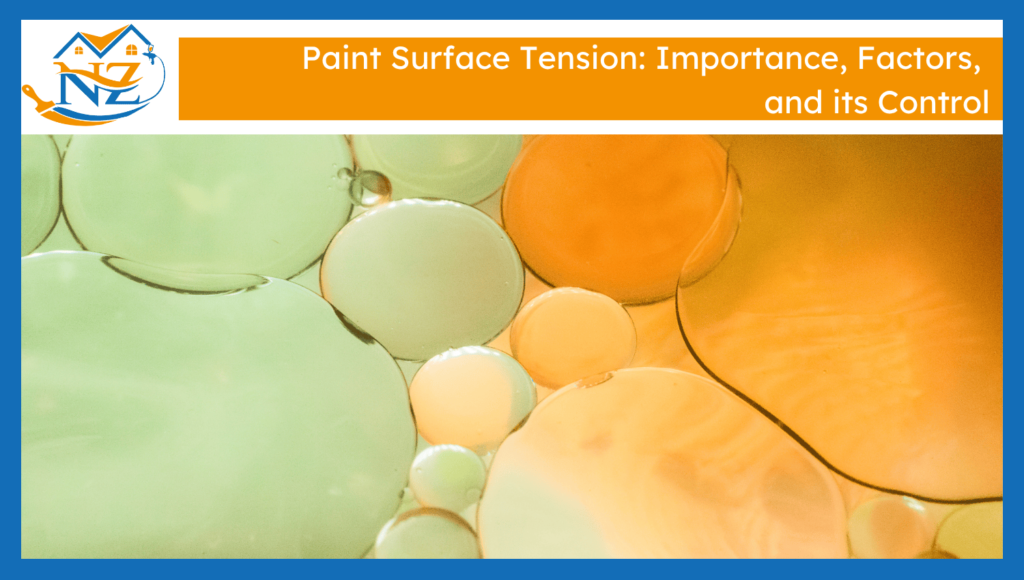
Paint surface tension refers to the cohesive forces that tightly pack the paint molecules. It defines how well the paint flows and adheres to the surface. Water has a high molecular cohesion of 72 mN/m due to its polar nature. Its positive and negative ends create strong cohesive forces and do not blend easily. Likewise, […]
Polyurethane Paint: Types, Application & Common Issues
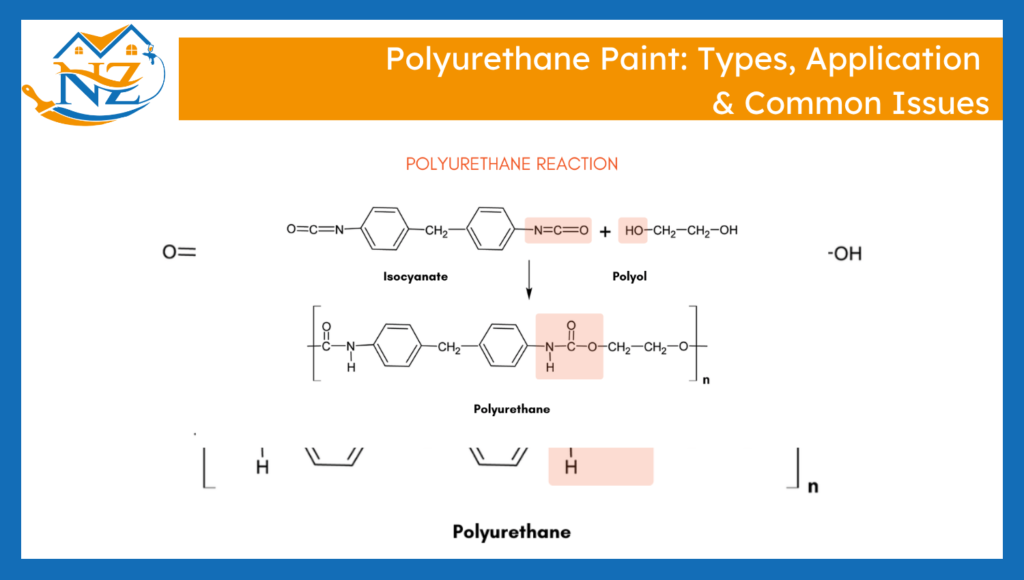
Polyurethane is a type of durable and versatile coating made from polyurethane resin. It is broadly used both indoors and outdoors because of its resistance to weather, chemicals, and UV radiation. According to tech science research on June 23, 2025, the PU Market was valued at USD 18.26 billion in 2024, projected to reach USD […]
Paint Density: Importance, Factors, and Measurements
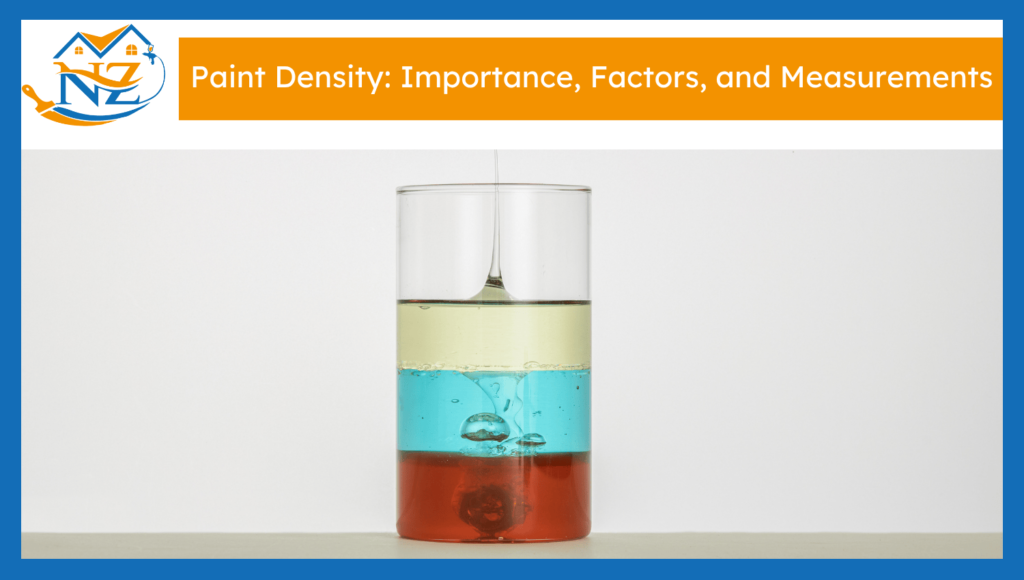
The density of paint is defined as the number of paint molecules packed into a given volume. High-density paints contain more solids, like pigments and resins. Specific gravity, also called relative density, is the proportion of paint mass to the reference content, like water. Unlike specific gravity, which has no units, it is measured in […]
Paint Viscosity: Importance, Factors, and Issues
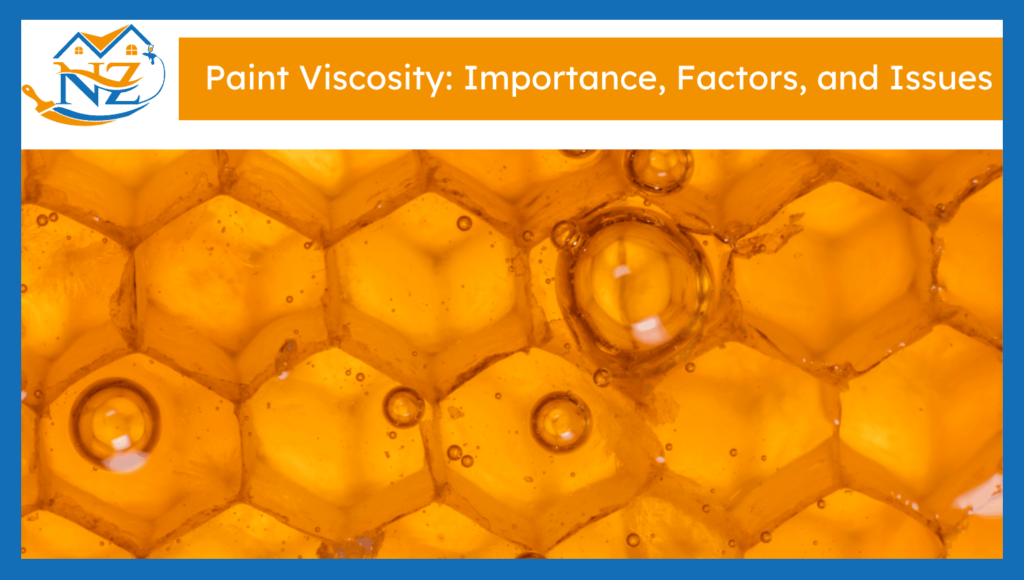
Paint viscosity is the resistance of paint to flow, depending on its internal friction. Unlike paint density, which is a measure of particles per unit volume, viscosity is how thick or thin a paint is. High-viscosity paints (oil-based) consist of pigments, solids, and thickening additives for a smooth finish. Low-viscosity paints (water-based) flow easily and […]
Paint Additives: Types, Functions, and Common Uses
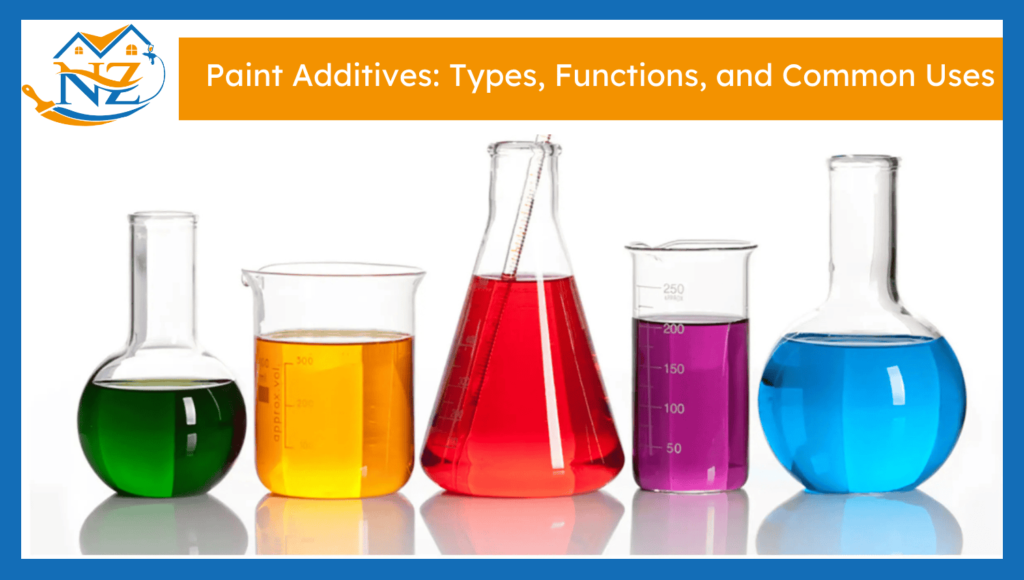
Paint additives are the specialized chemicals added to enhance the paint’s performance. Unlike pigments or binders, additives are not core components of paint formulations. They are added to improve the leveling, flow, drying time, and watery consistency of paints. Paint additives solve common paint problems such as non-adhesion, fading, rusting, bubbling, and frequent paint peeling. […]
Alkyd Paint: Properties, Composition & Application
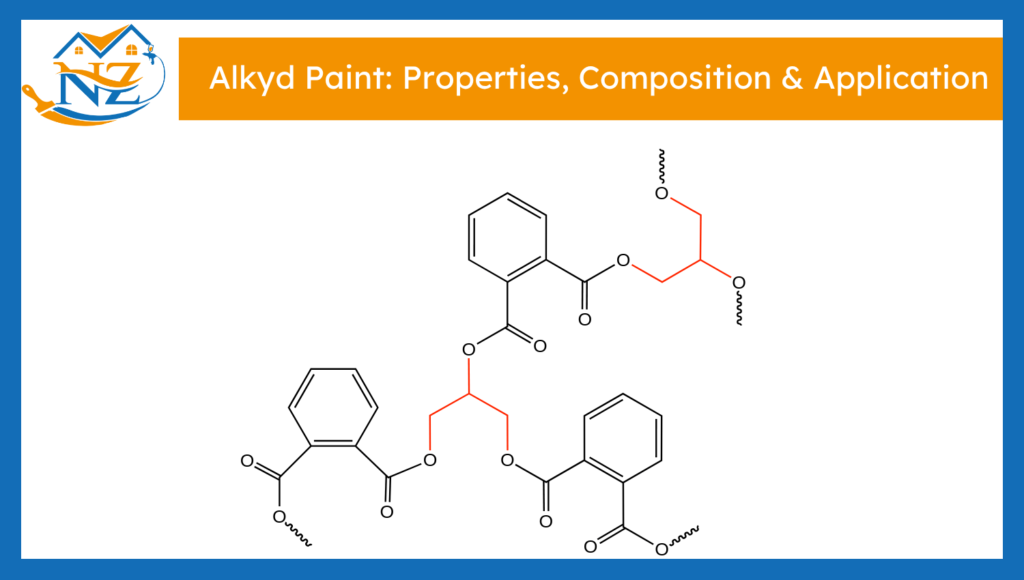
Alkyd paint is an oil based coating, used for durability, a glossy look and a smooth finish. It is made from resins as a binder. It is a modified polyester that gets dissolved in organic solvents. Residential and industrial painting mostly prefer alkyd painting. It offers a hard-wearing surface, ideal for wood and metal. According […]

